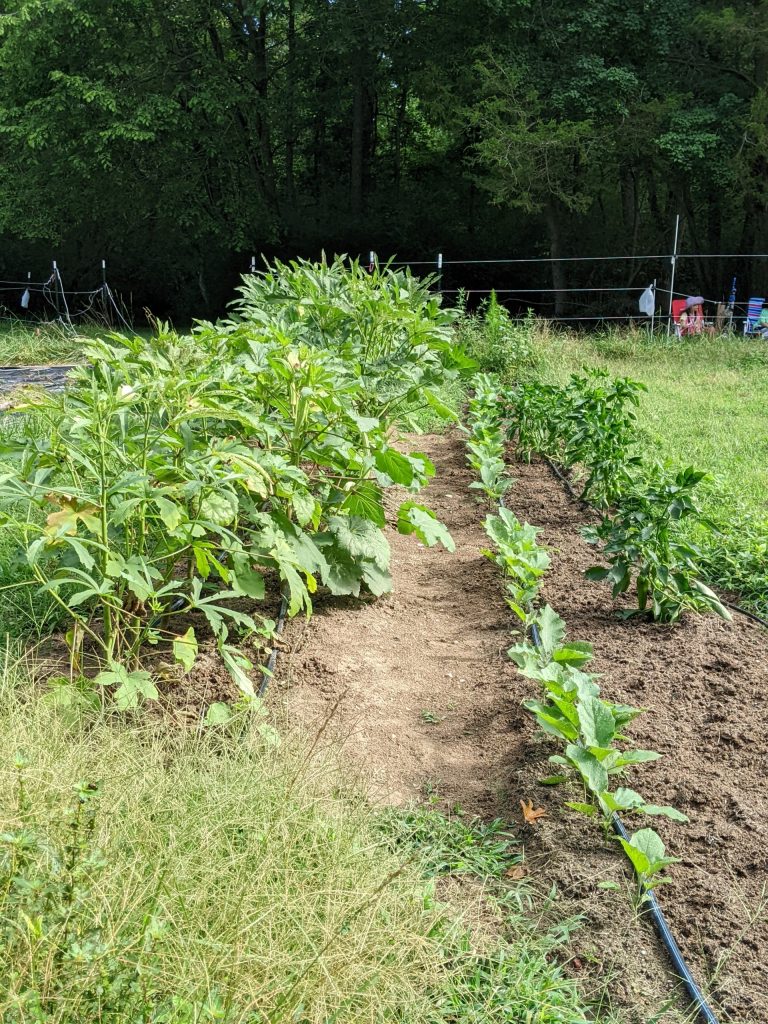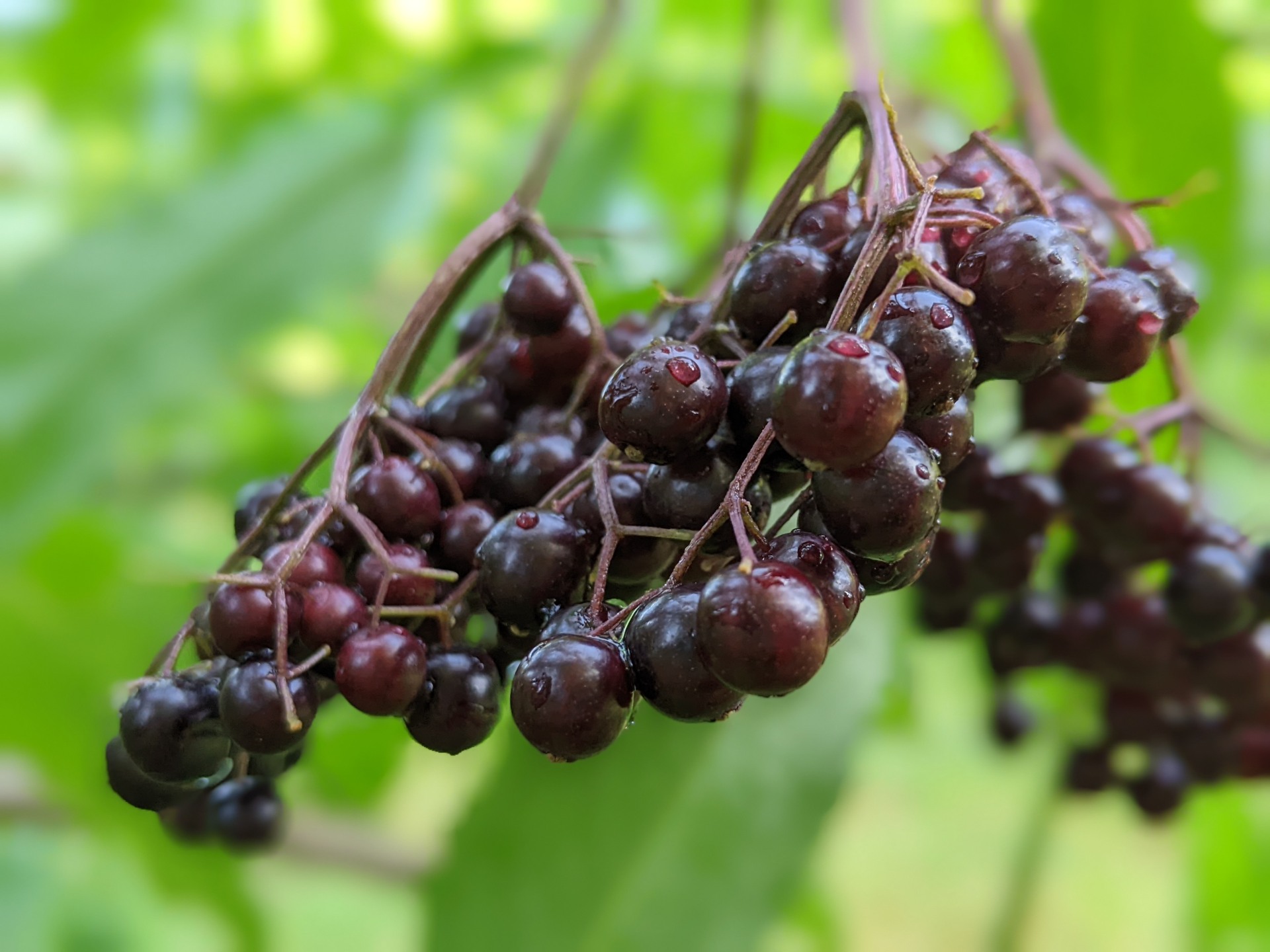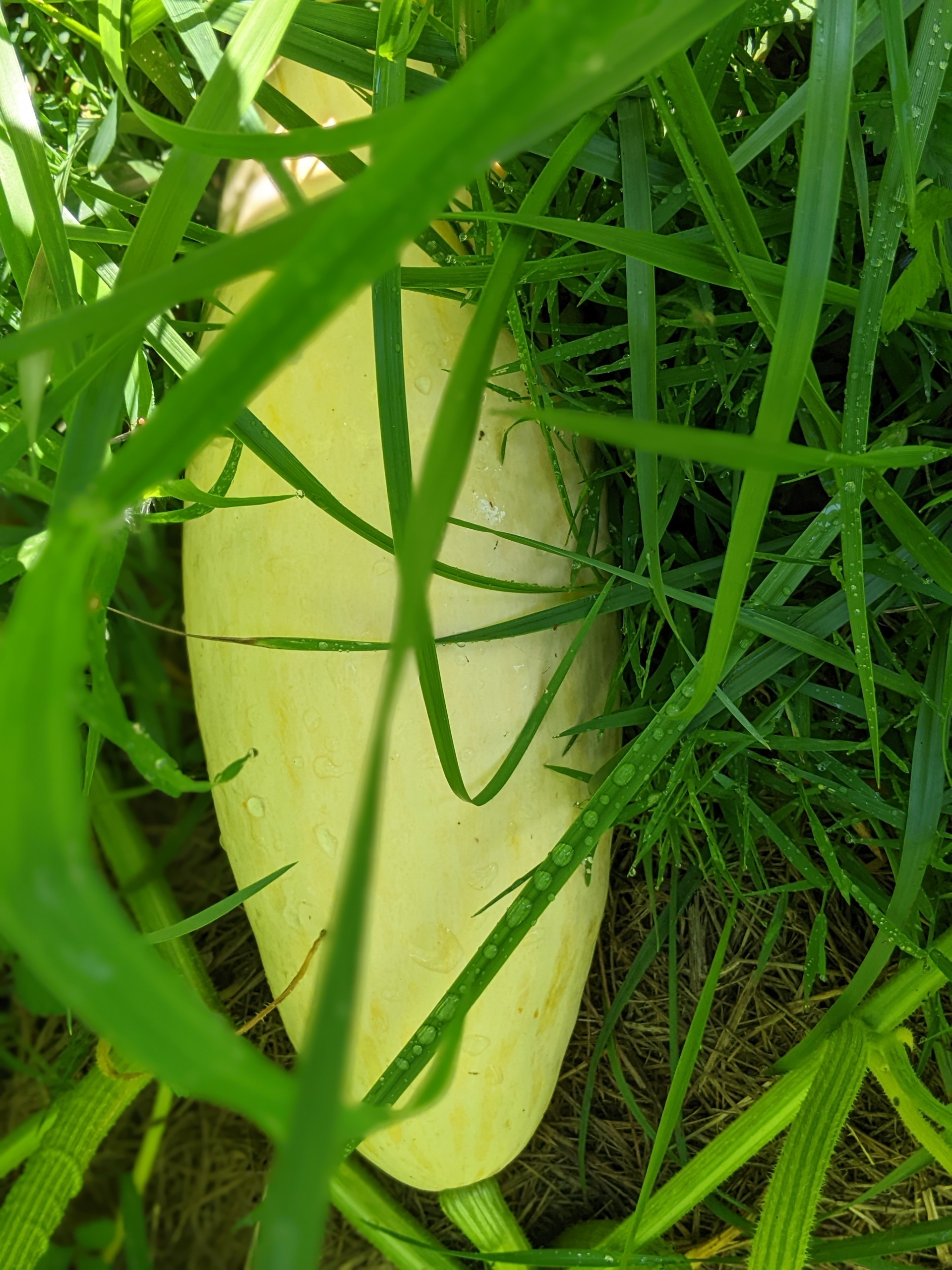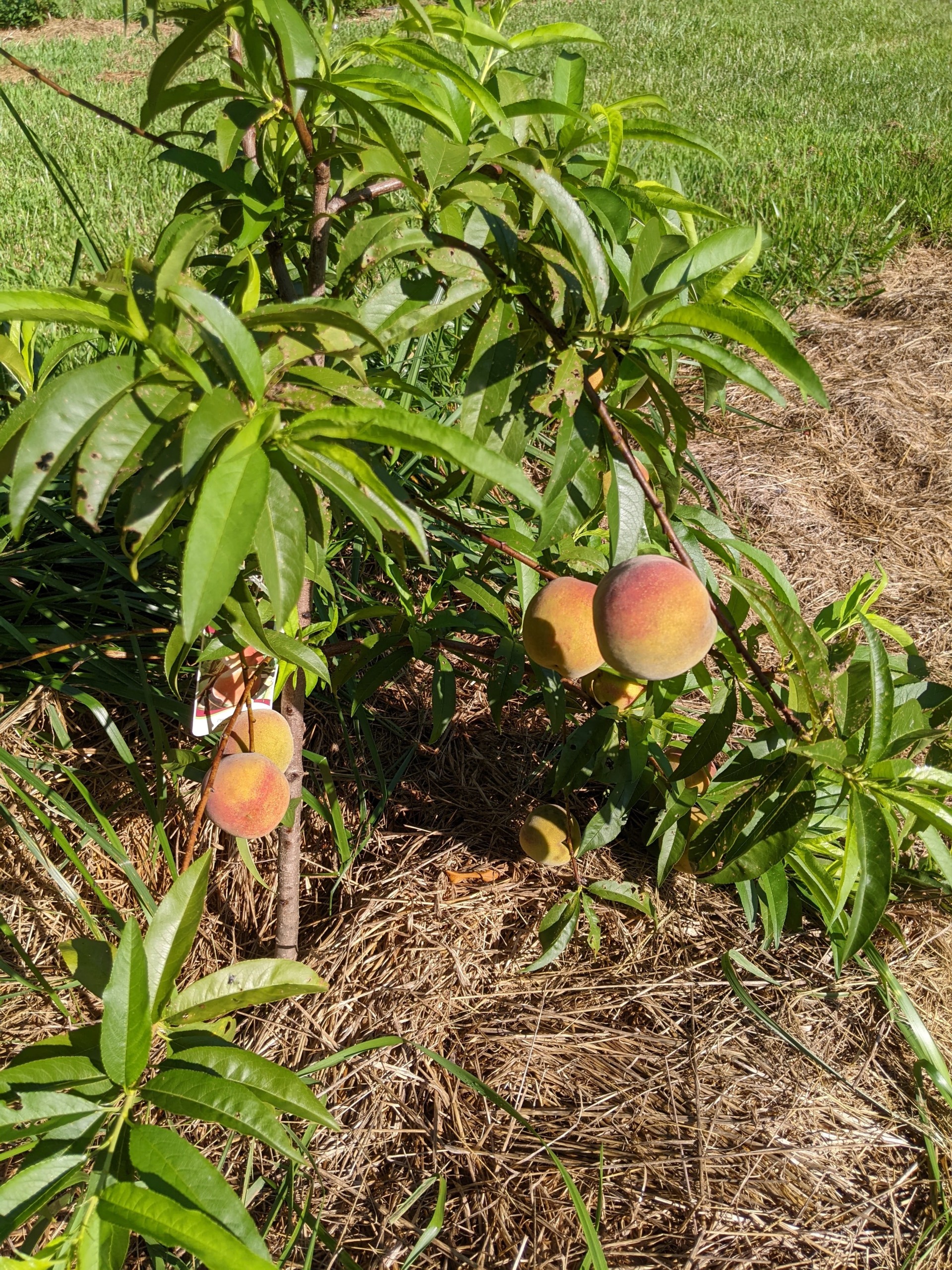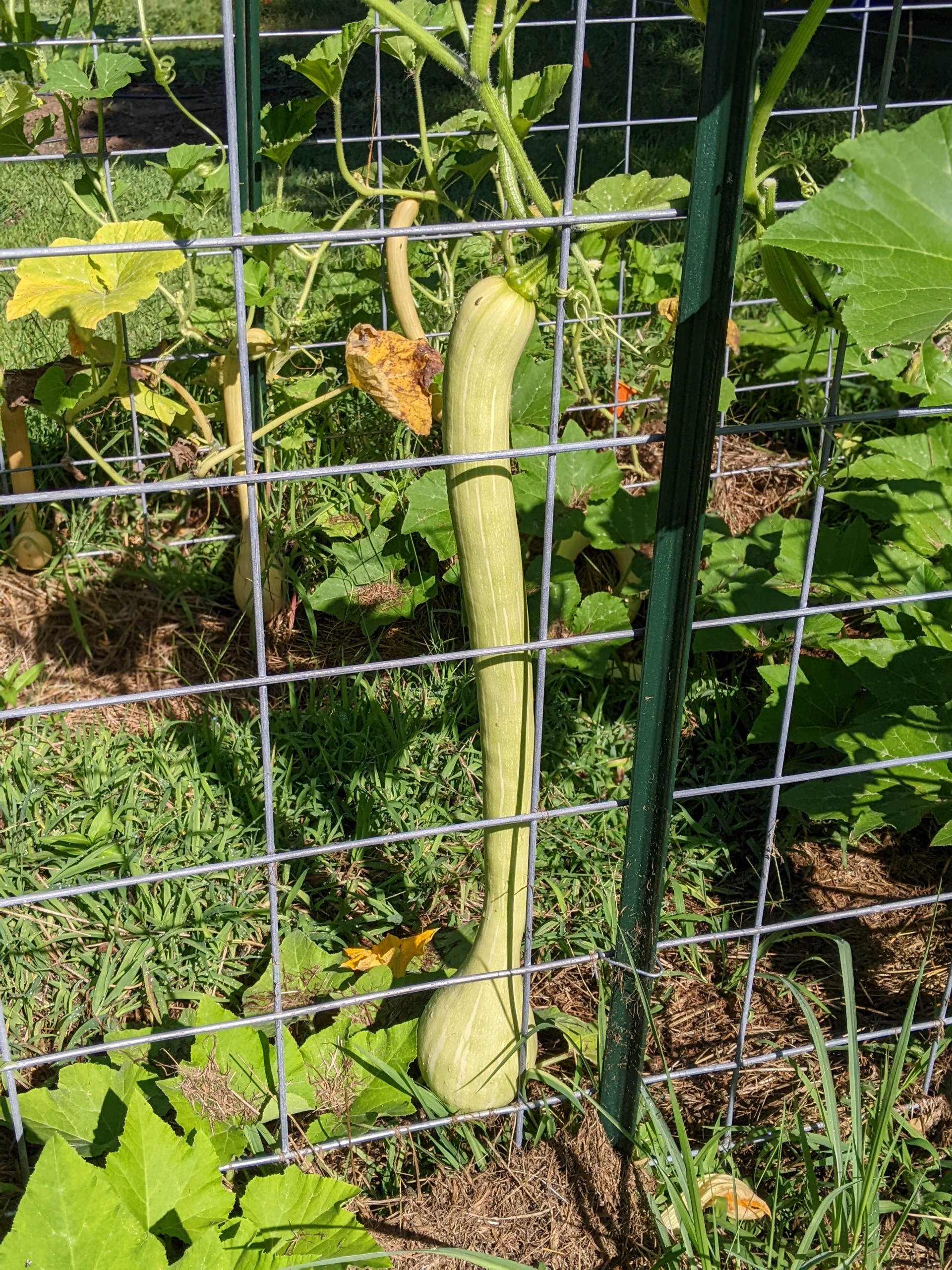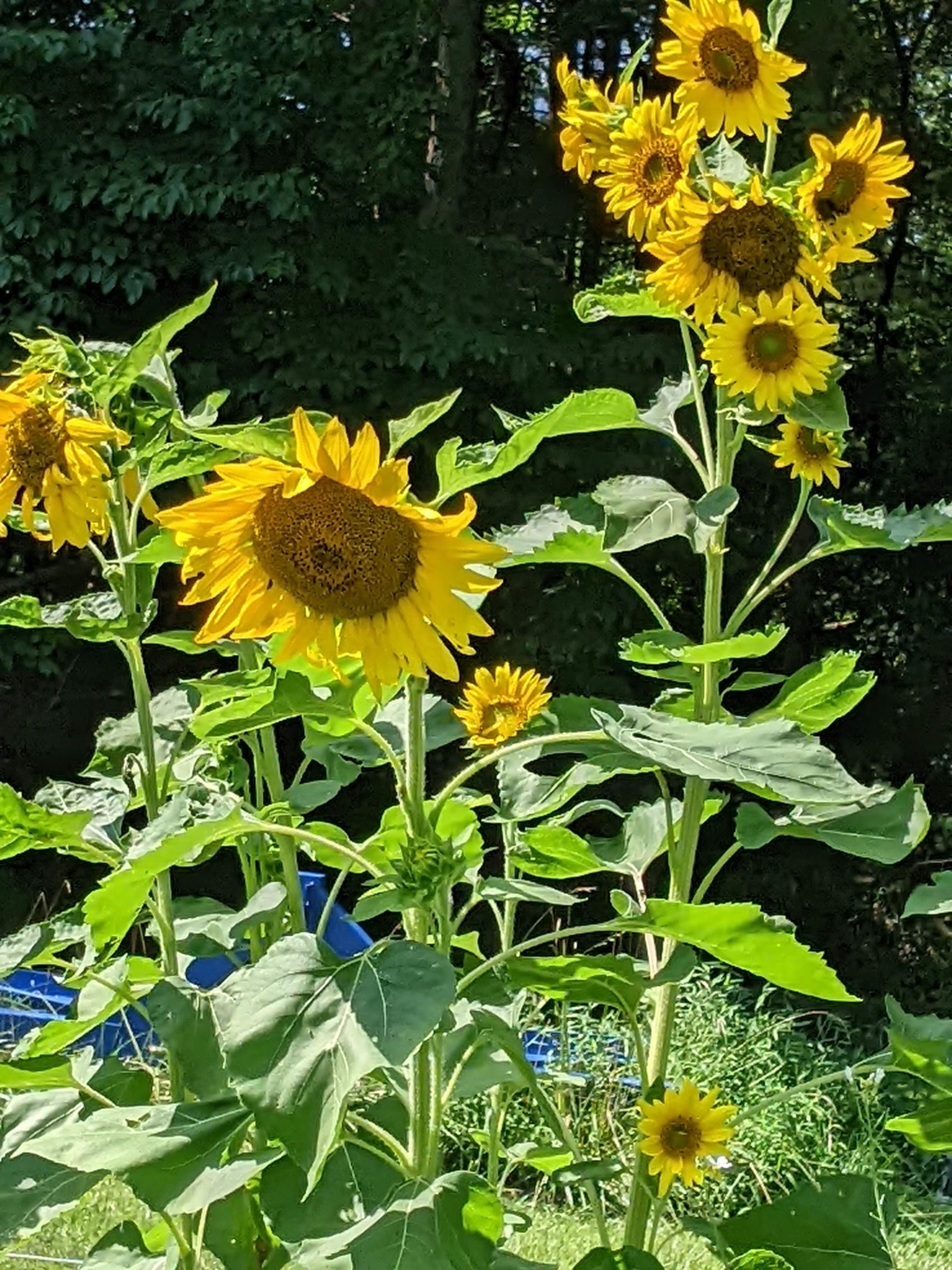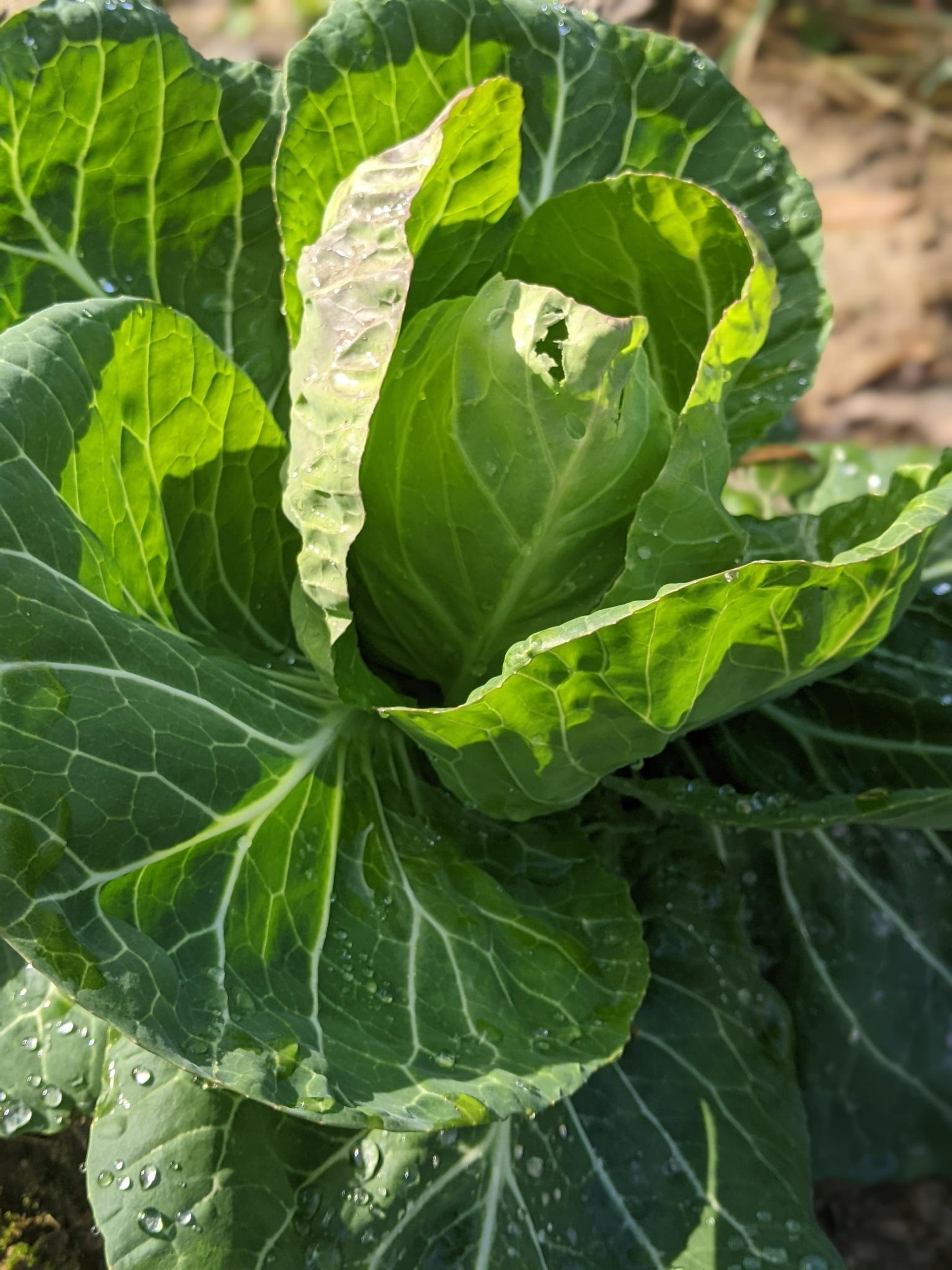
Walk with me on my update on the winter garden, cover crops and how a simple idea saves time while mowing the grass. Just a simple change of how where posts go in for the anti-deer fence means less time spend weed eating.

Walk with me on my update on the winter garden, cover crops and how a simple idea saves time while mowing the grass. Just a simple change of how where posts go in for the anti-deer fence means less time spend weed eating.

There are lots of great crops to grow in the winter. The best part is that there is much less weeding in the winter!

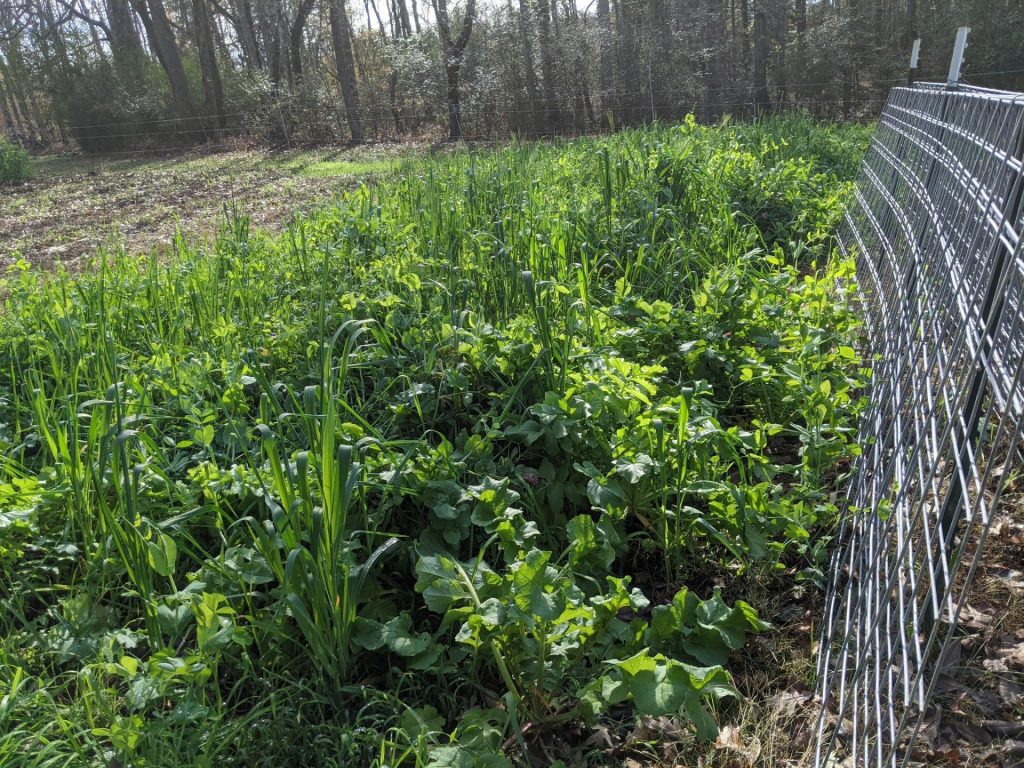
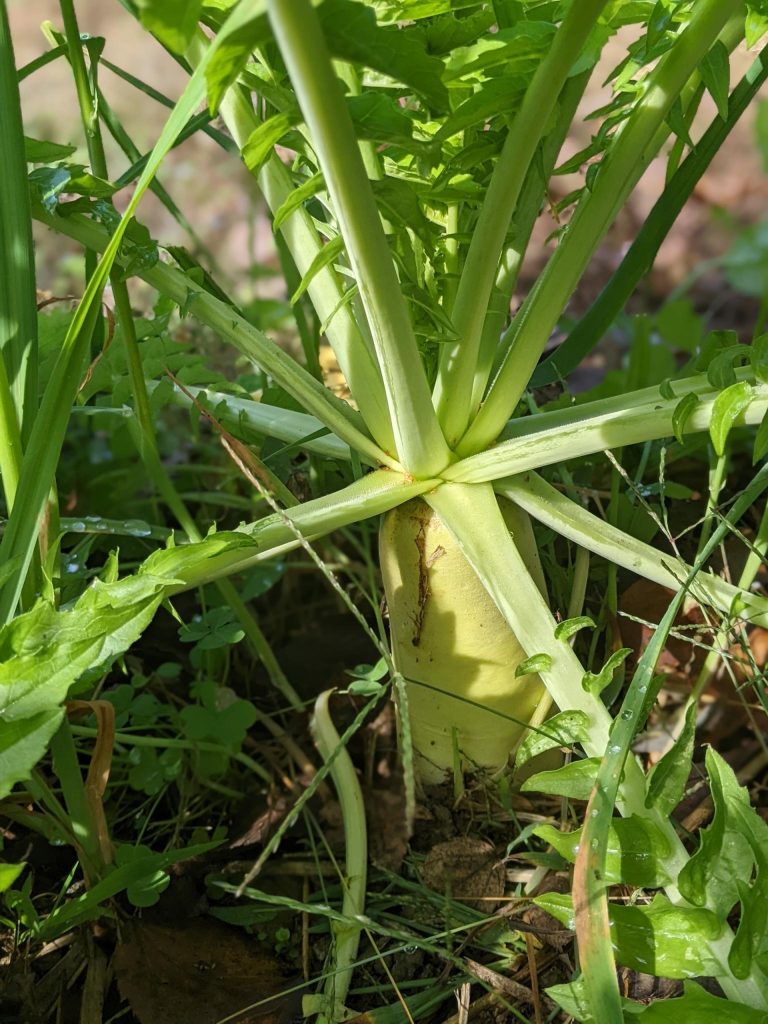

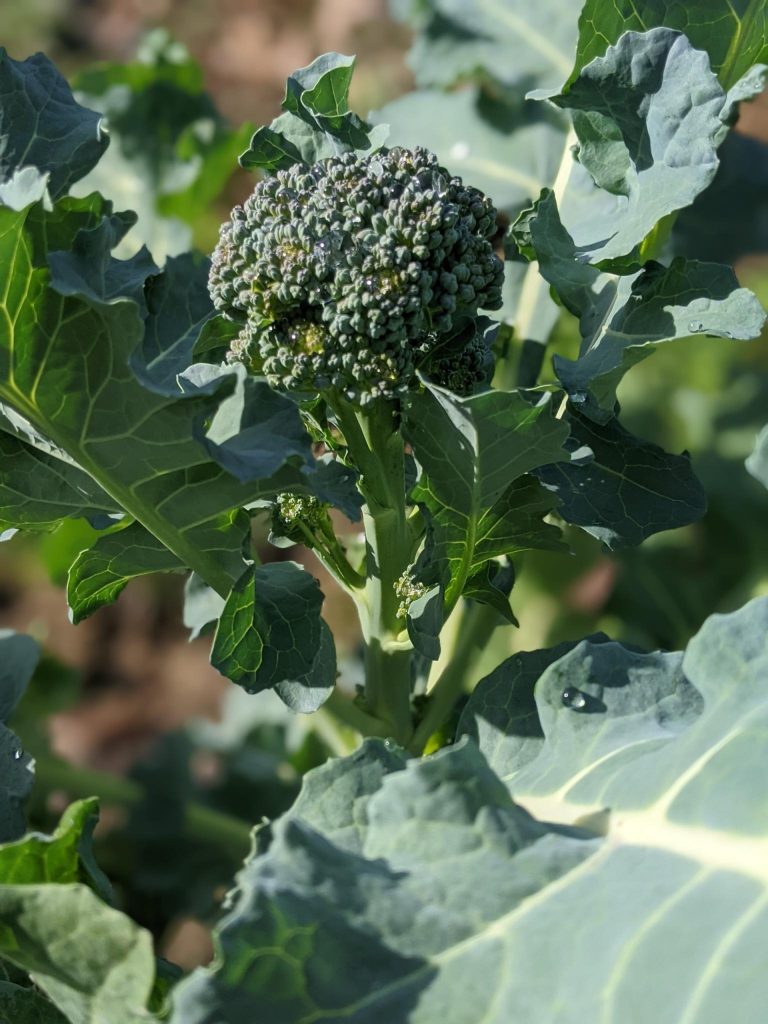
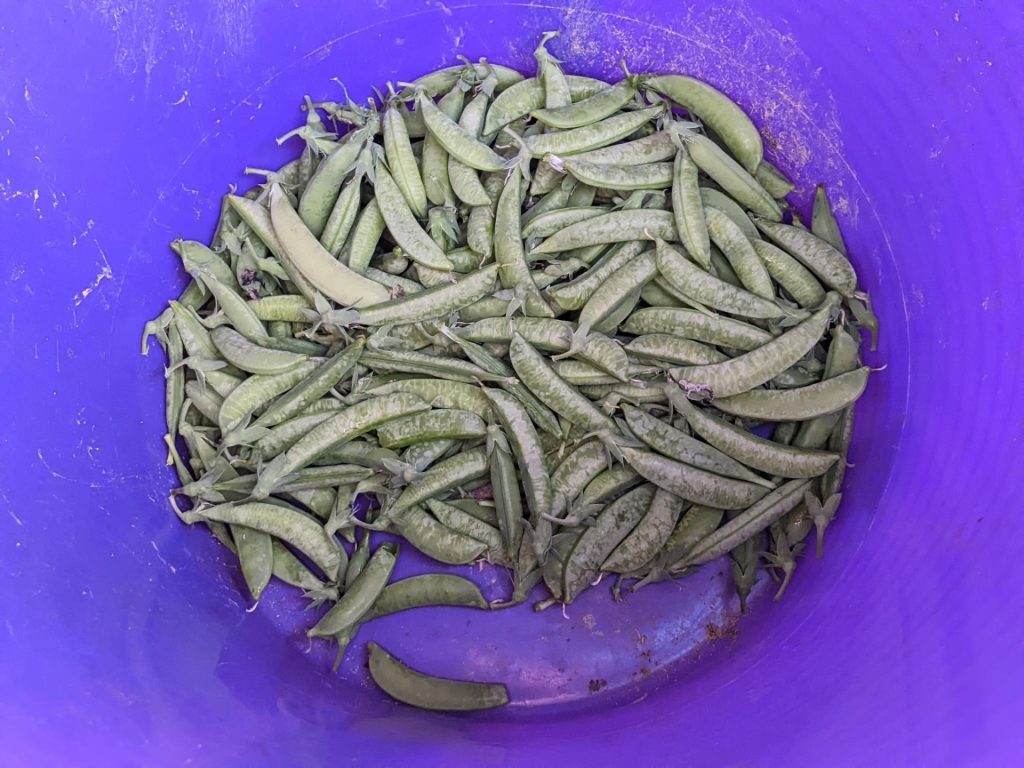



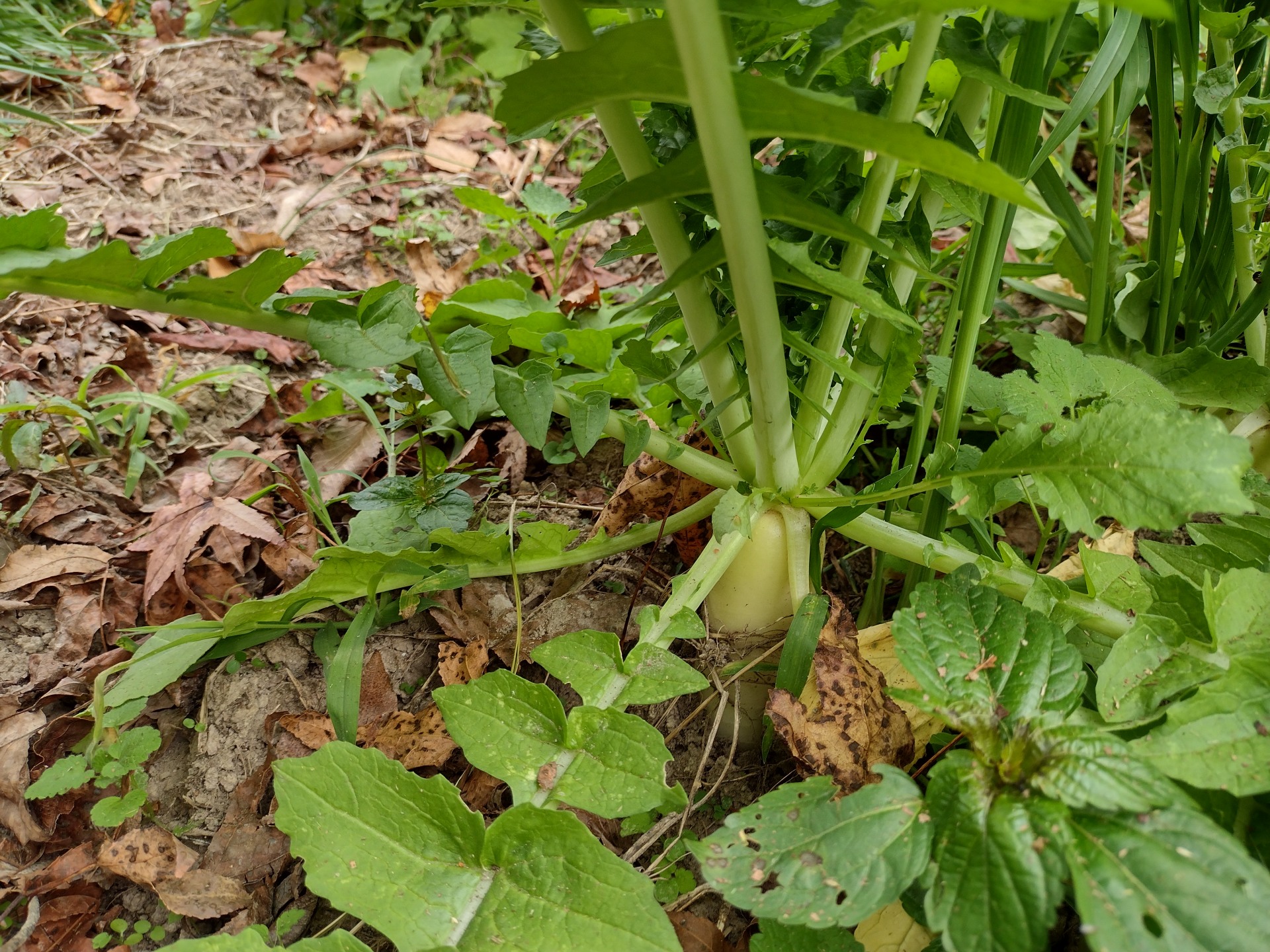
It was relaxing putting lime on the back field and getting it mowed. It is ready for winter. Nice to be able to take a break from a very busy summer growing season.
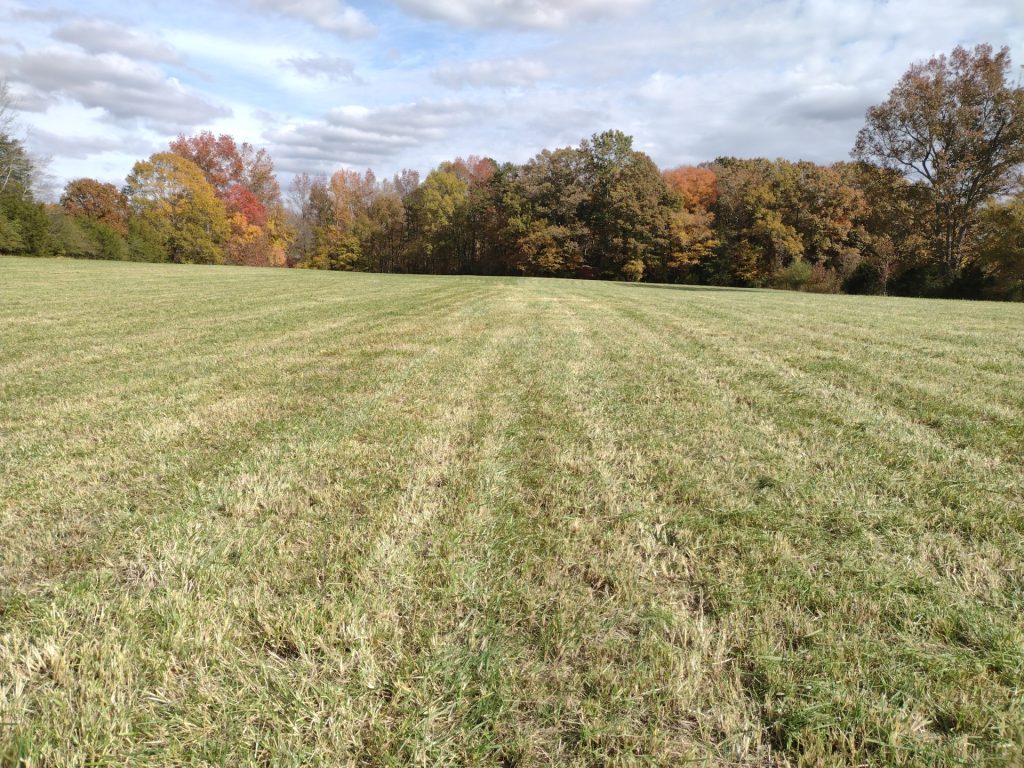
Checkout the winter garden


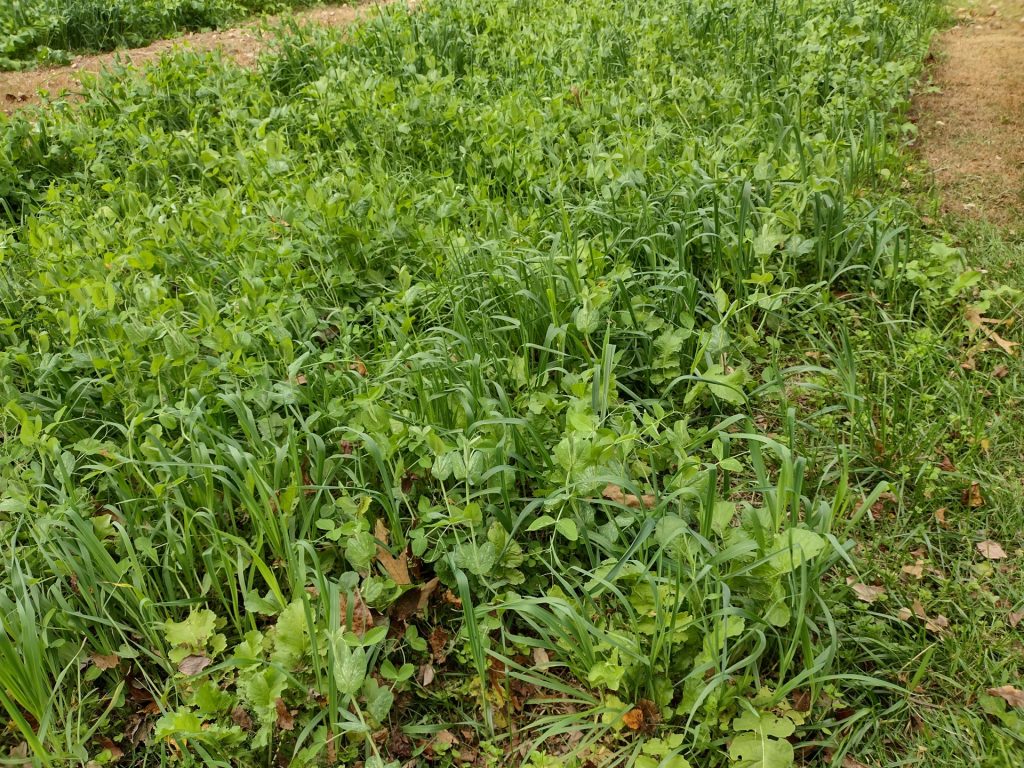

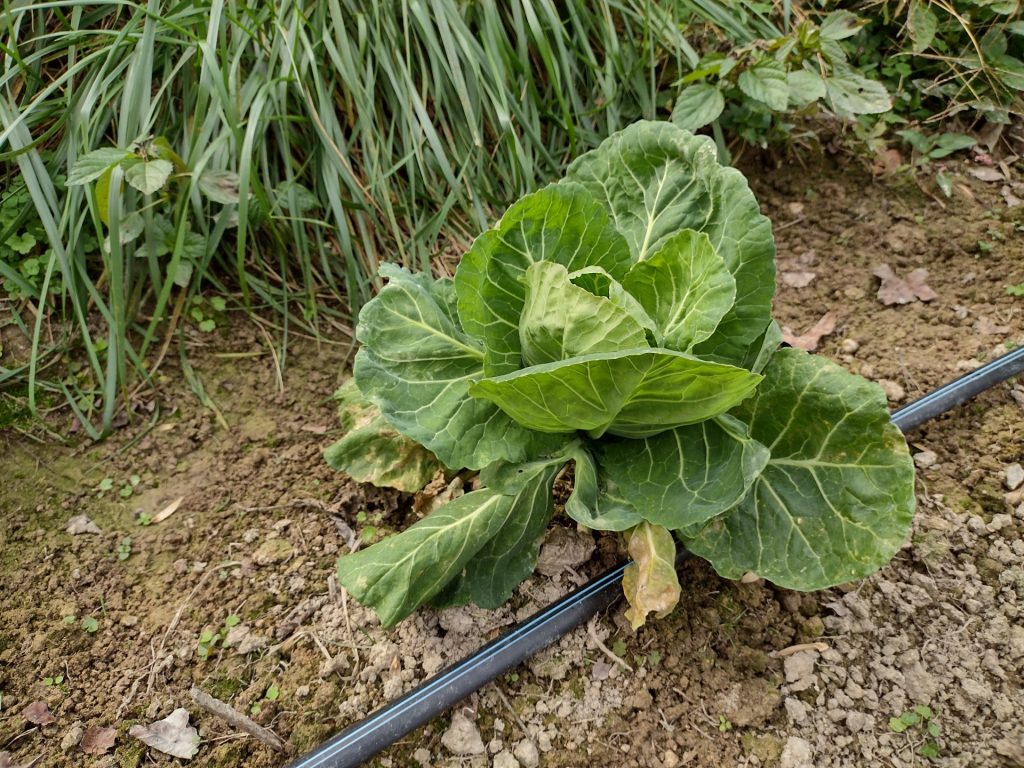

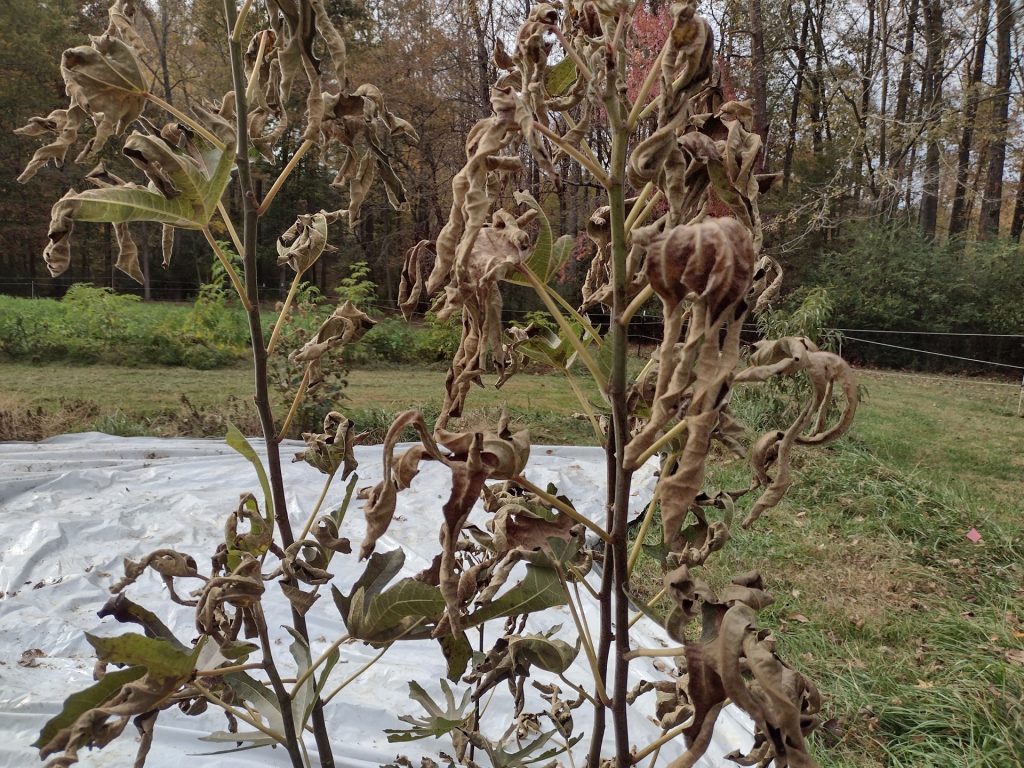


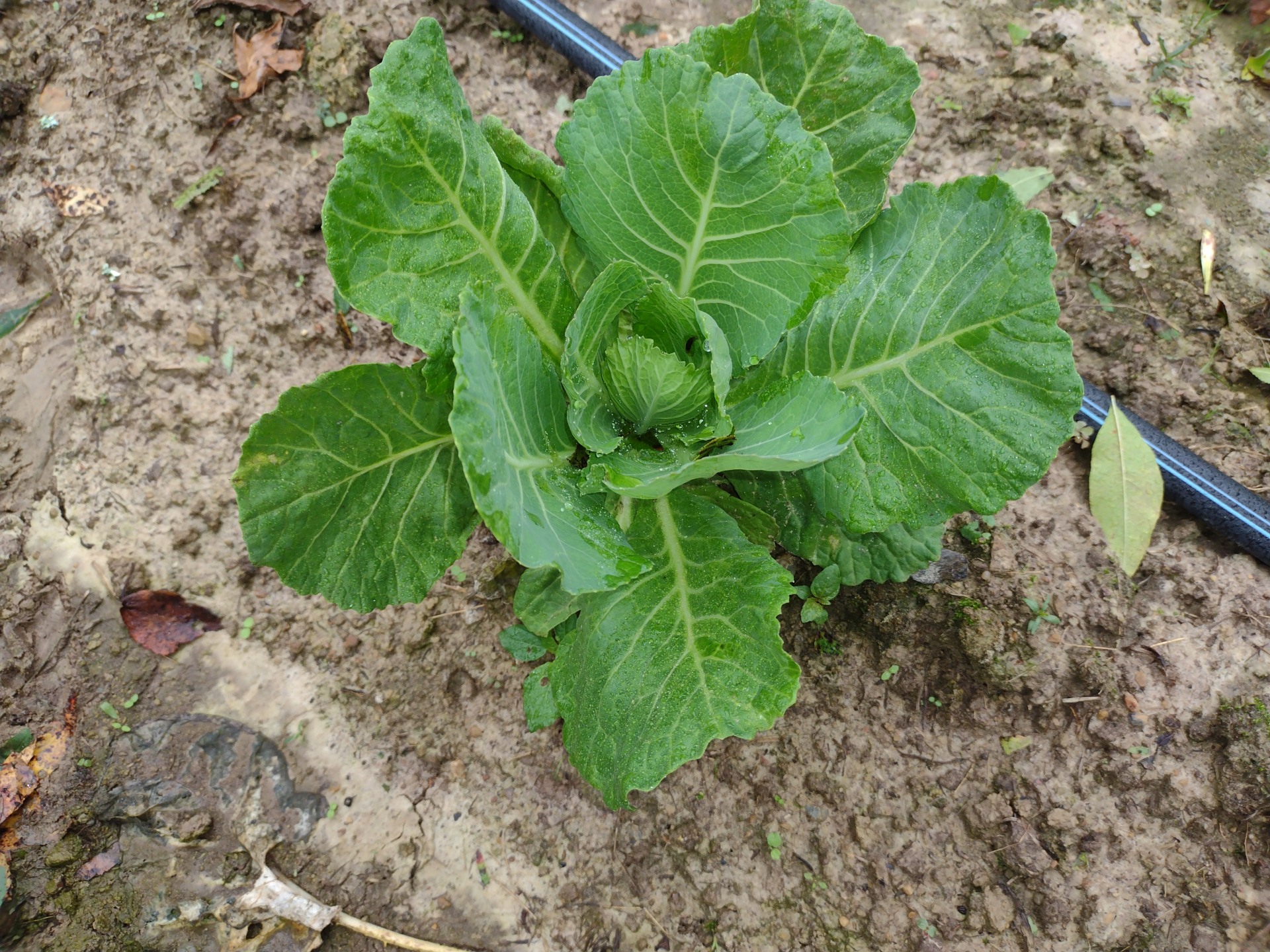
Thankfully the damage was minimal. We did lose a few trees, but nothing major. Here are some pictures from after the hurricane passed through. The winter garden is coming right along and it chilly outside, just like it should be in October.
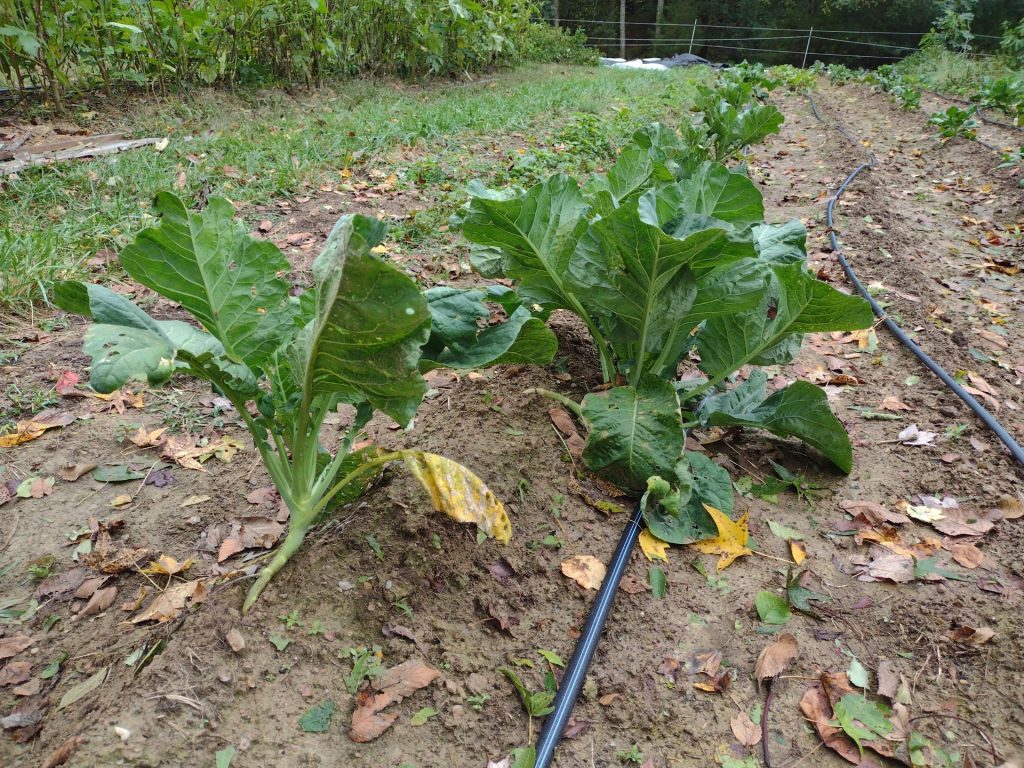



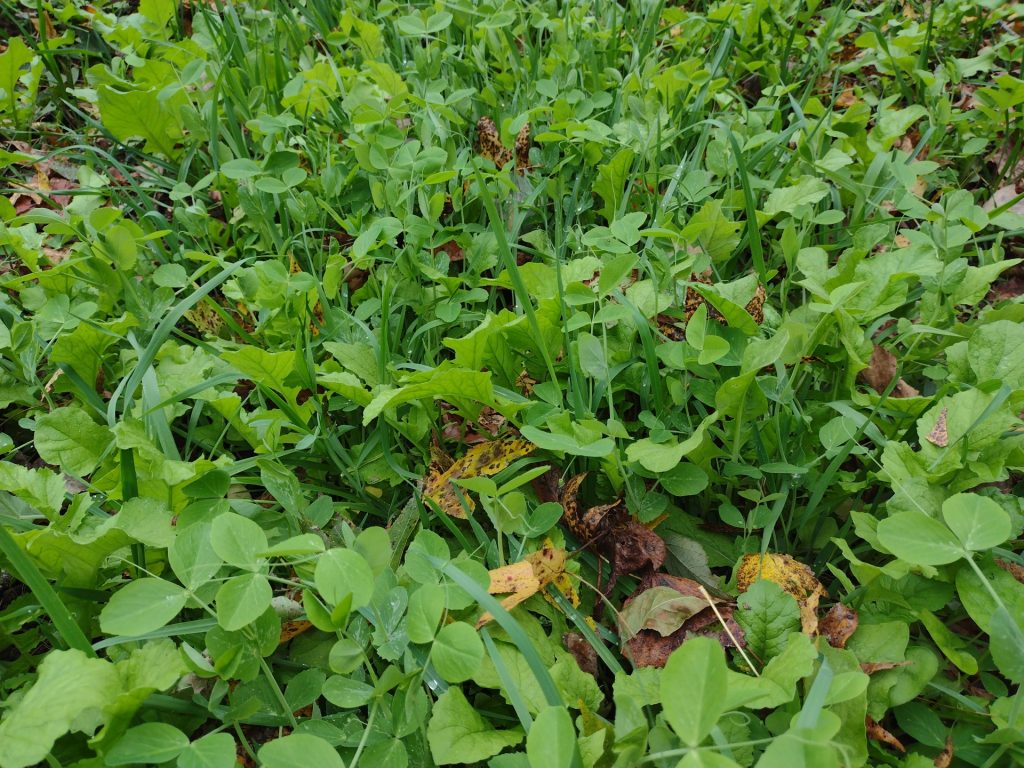



We get lots of questions from community farm participants. Here are questions that came up this week.
1) How do you know whether you should plant 1 seed or multiple seeds in the same spot?
If the seed are purchased then the back of the seed packet will usually show planting information that includes desired spacing between plants and the number of seeds to plant in the same spot
Another way to determine how many seeds to plant in each spot is to look at the germination rate listed on package.
If the germination rate is 80% or below I would plant 4 seeds and then thin as needed. Above 80, consider planting 2-3 seeds and thin as needed. A 95% or greater gemination rate means you could try planting one see per site.
2) Is it better to wash produce before or after freezing?
Definitely better to wash before freezing
3) What crops have the best number of calories?
If you are interested in the number of calories per ounce of crop check out:
https://www.calories.info/food/vegetables (click at the top to select serving size)
It is important to note that calories / lb of crop is only a small part of the picture. Some crops are easier to grow, take more or less space or have higher yields.
Another way look a it is with a typical serving size. You can download a chart here from the FDA:
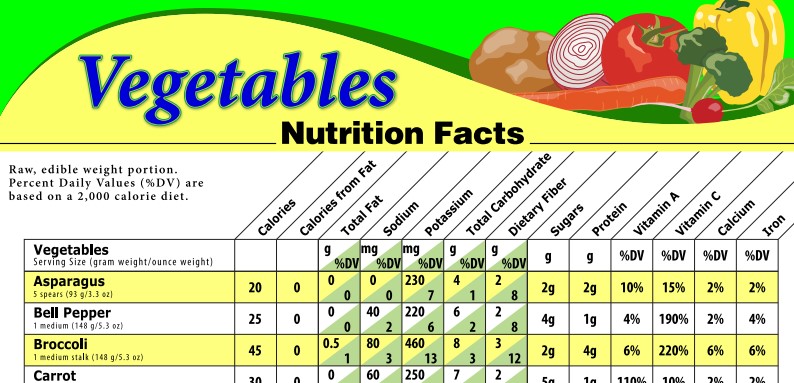
Vegetables – https://www.fda.gov/media/70792/download
Fruit – https://www.fda.gov/media/76508/download
Also check out: https://www.fda.gov/food/food-labeling-nutrition/nutrition-information-raw-vegetables
The breakdown of carbohydrates vs. protein is also important. Protein is a very important part of your diet. Check out:
https://www.healthline.com/health/food-nutrition/19-high-protein-vegetables
4) How long does eggplant last in the fridge?
Eggplant lasts about 5 days in the refrigerator crisper.
5) How many weeks does a fig last on a fig tree?
Figs last just a few days after picking when ripe. Figs don’t store well, so it is best to eat or process them soon after picking. Once the fig is ripe on the tree, it won’t last long. Birds and insects are drawn to ripe fruit left on the tree.
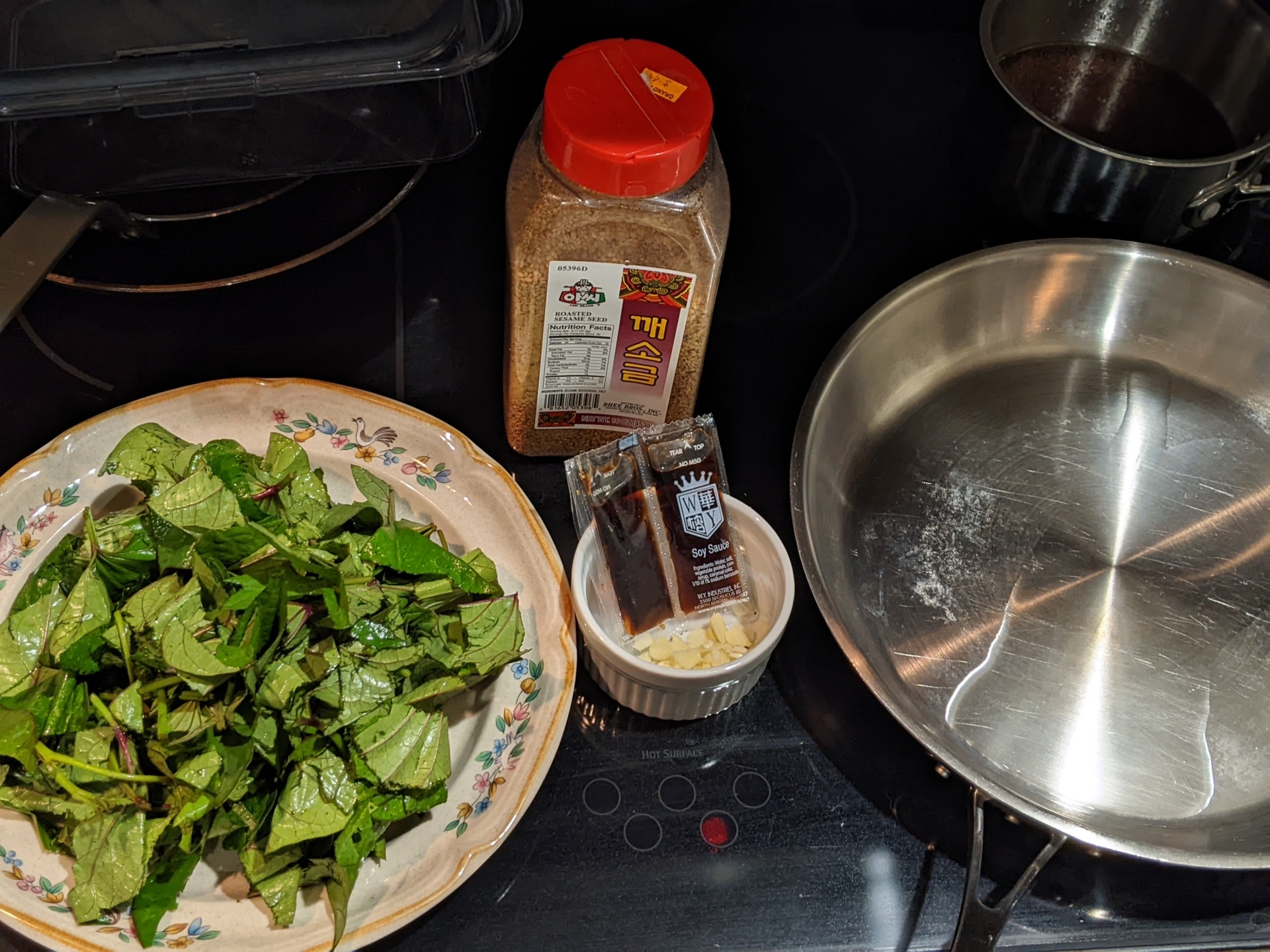
Thanks to the families that have made this year’s community garden a success!



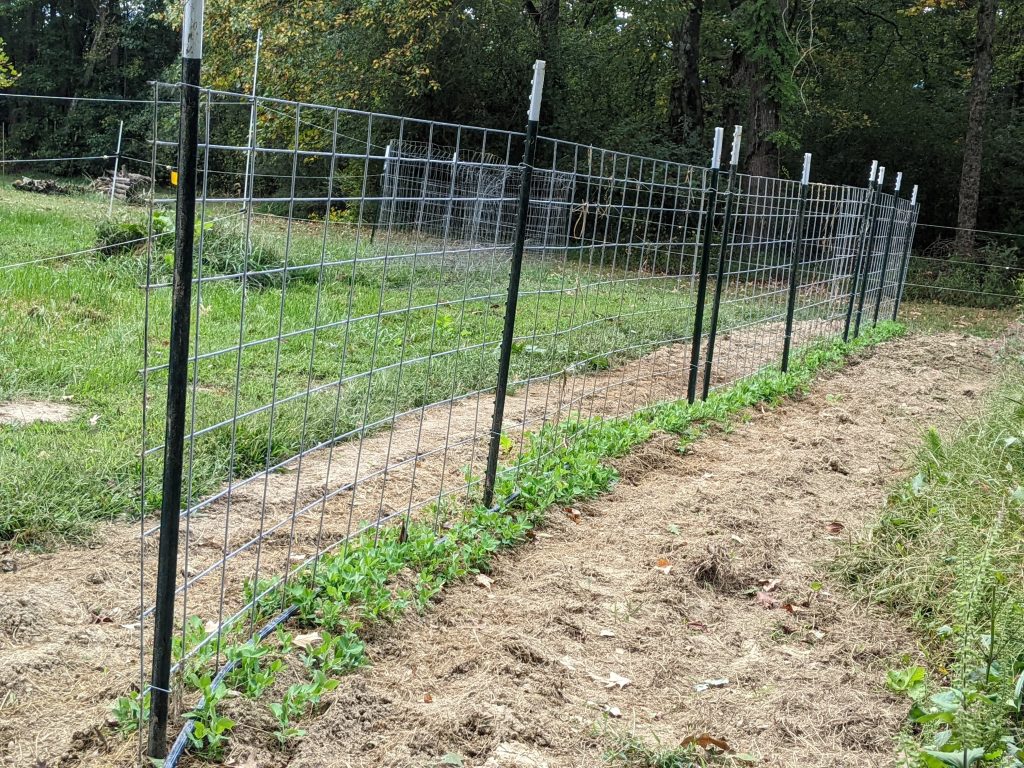

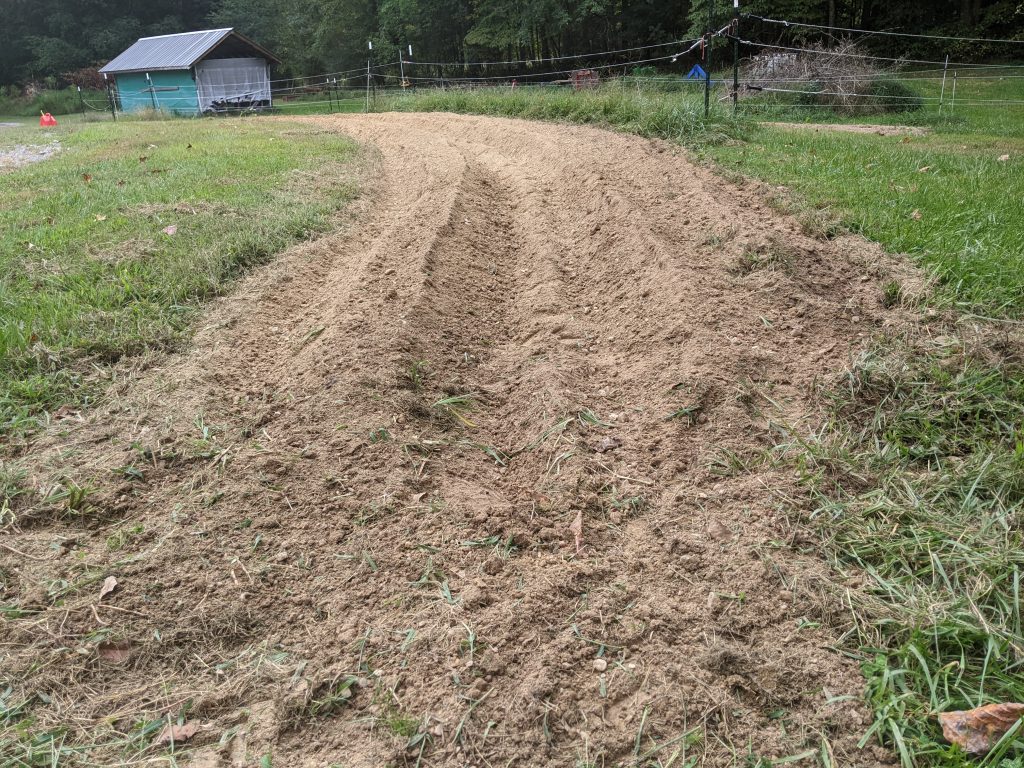
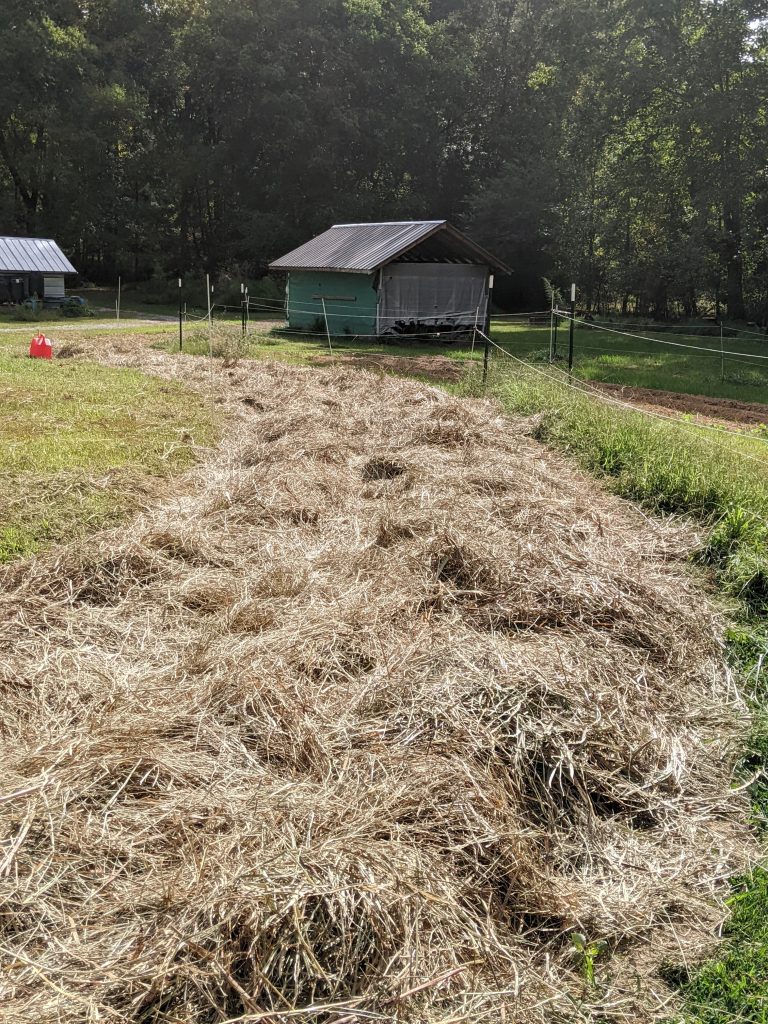
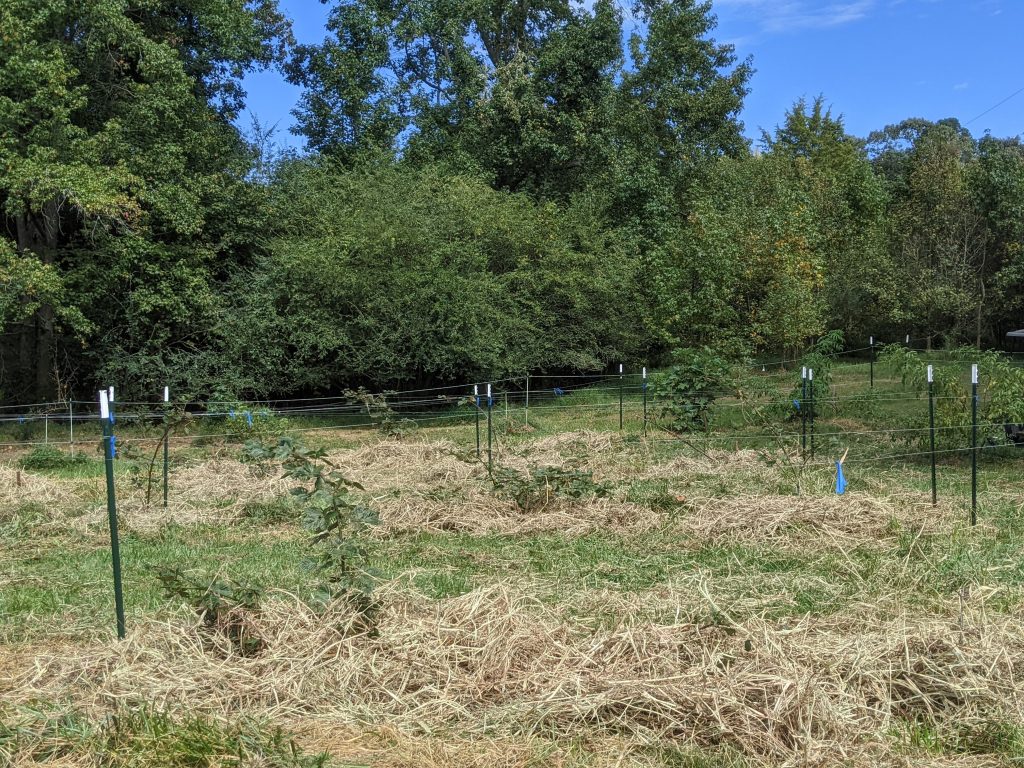





We get lots of questions from community farm participants. Here are questions that came up this week.
1) How do you store peas in fridge after taken out of their pods
1-2 weeks. If you dry them (unrefrigerated), they can last for 9+ months
2) Can you feed bad produce to farm animals?
We need to define “bad” in order to answer that question. If produce is rotten or attacked by fungus, then you don’t want to feed that to farm animals. If produce is “ugly”, i.e it has been attacked by bugs or laid on the ground or maybe overripe but still not rotten, then you can feed it to farm animals. Some farm animals are more tolerant than others of the quality of food you feed them. When food becomes rotten then it can be dangerous for farm animals.
When we process food as part of preserving it, there is also some amount of waste. That waste usually goes to our chickens. They love it.
3) Any year-round crops?
Yes, we could grow kale year round. Maybe garlic chives. Lettuce can be grown most of the year. It doesn’t do well in the summer.
4) How long does Okra keep producing for?
Okra will stop producing at the first frost, but production will usually slow down after the low temperature reaches the mid 50s.
5) How big can radishes get?
Salad radishes can get the size of a half dollar, but you want to harvest them when they are between the size of a nickel and a quarter. Once they are quarter size the taste starts getting too strong to eat.
Daikon radishes, which we just planted, can get to be several feet long in optimum soil conditions.
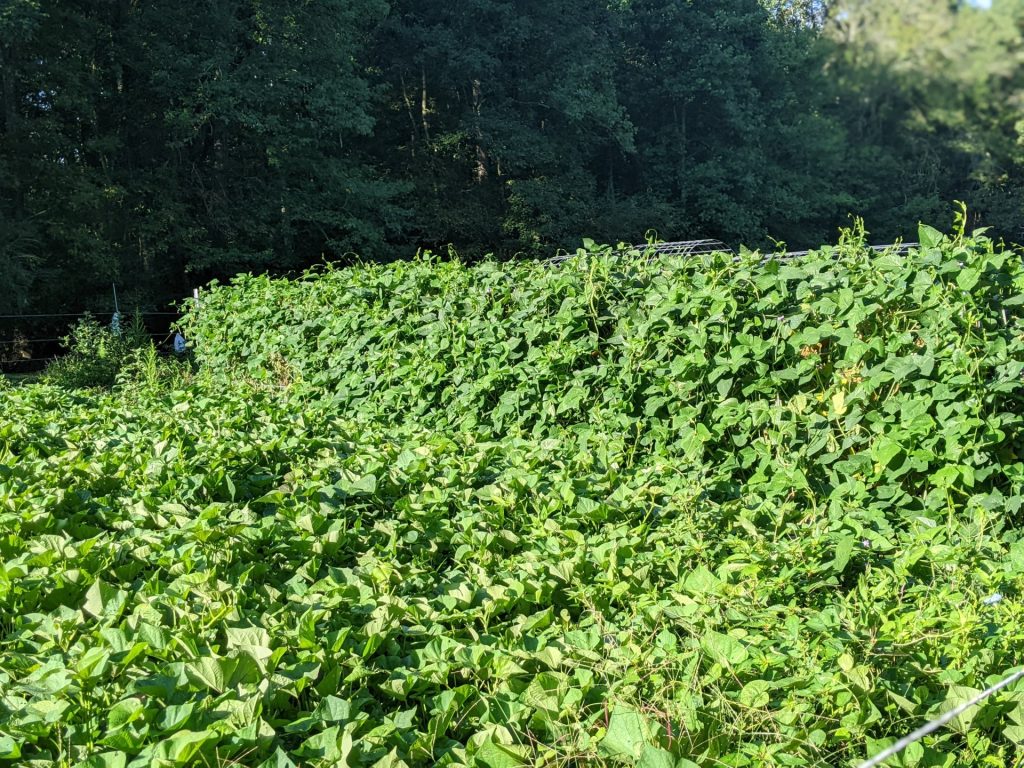

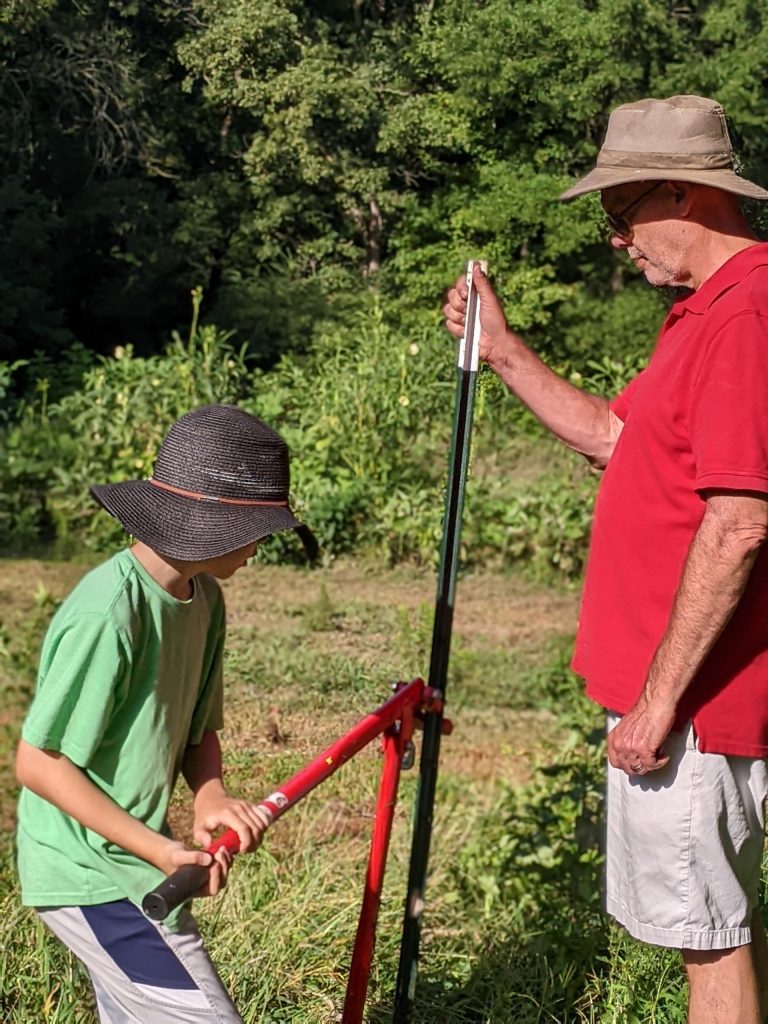

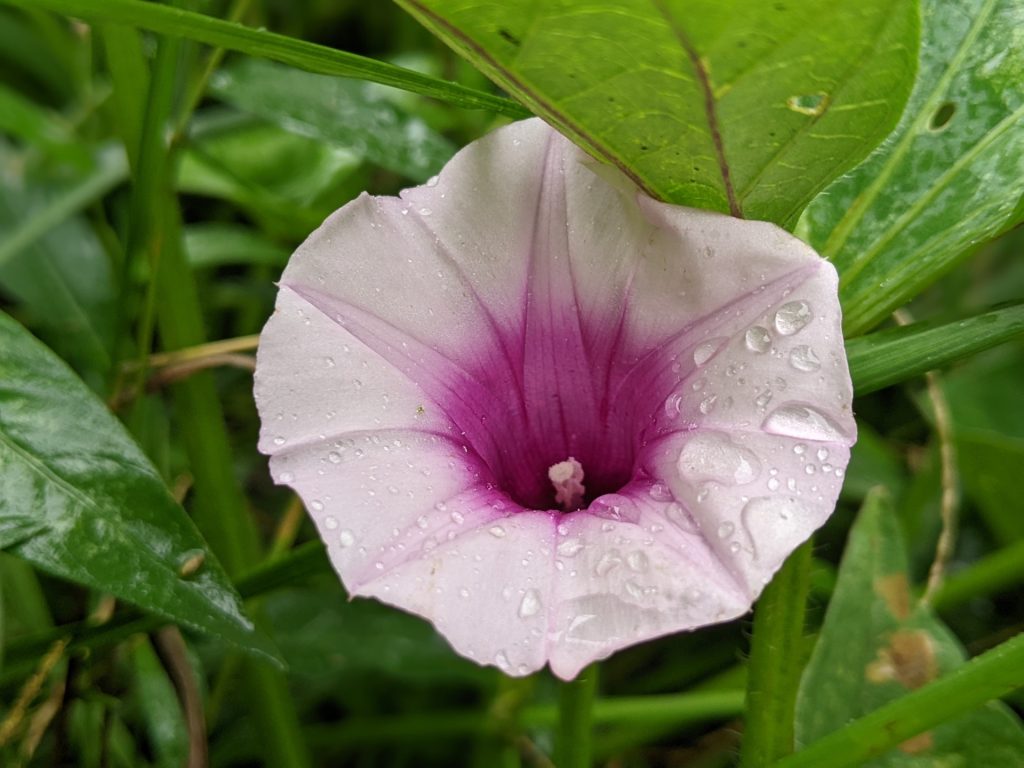

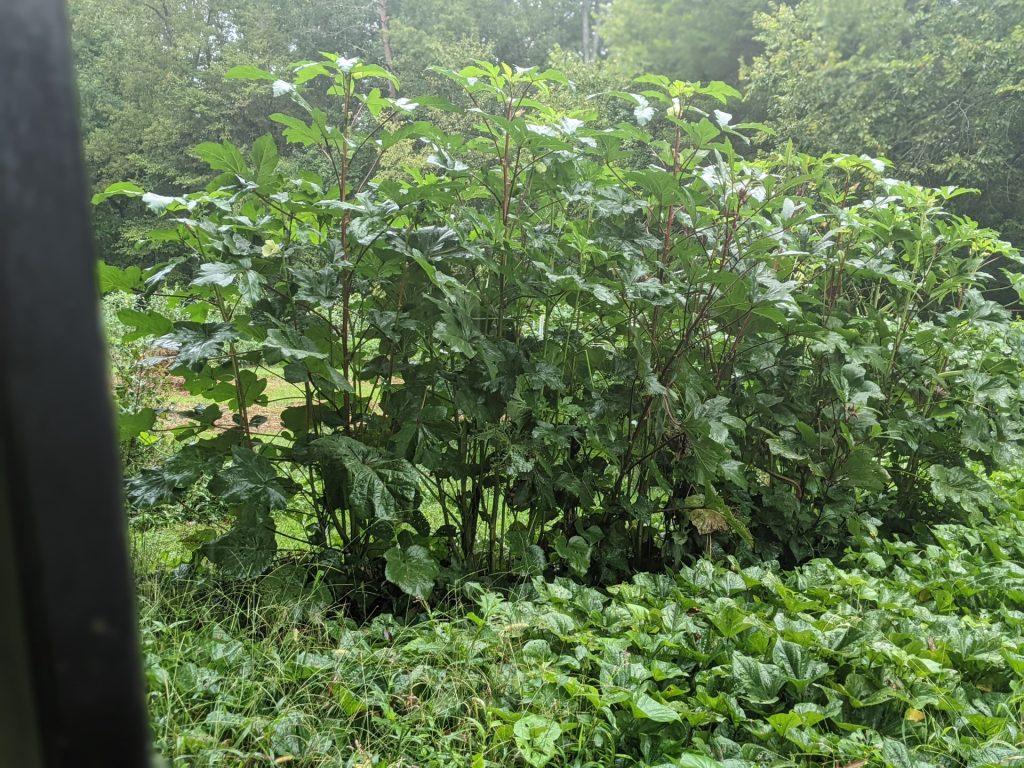
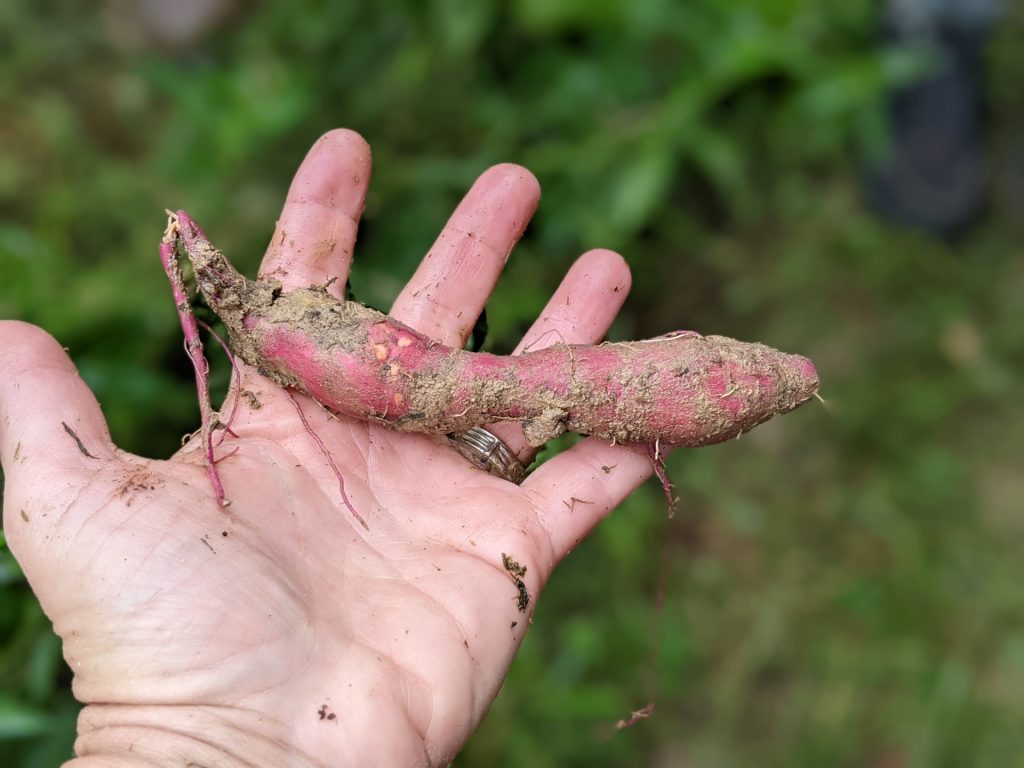

Its been a hot month, but the produce keeps rolling in. The okra and peppers love the heat!

